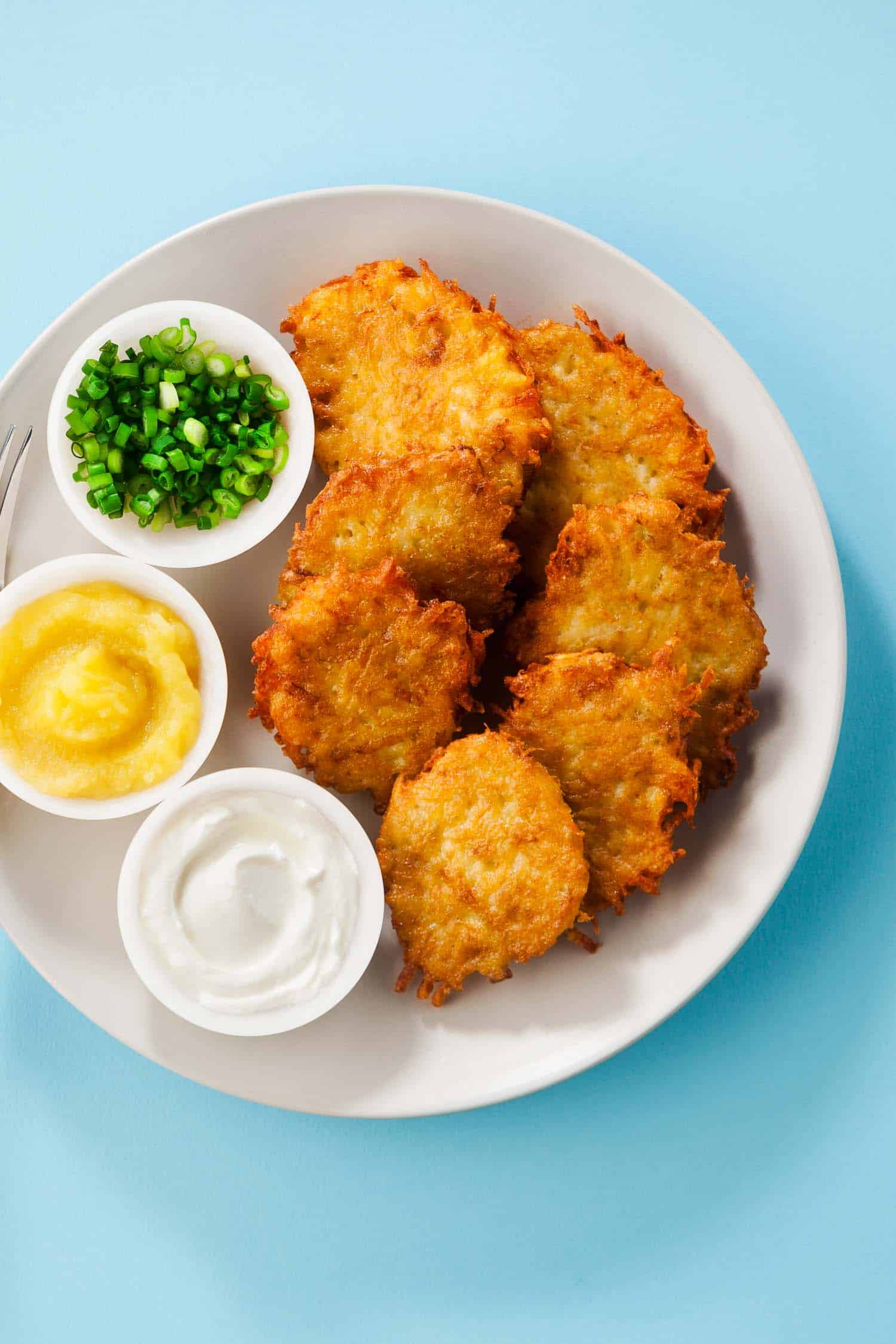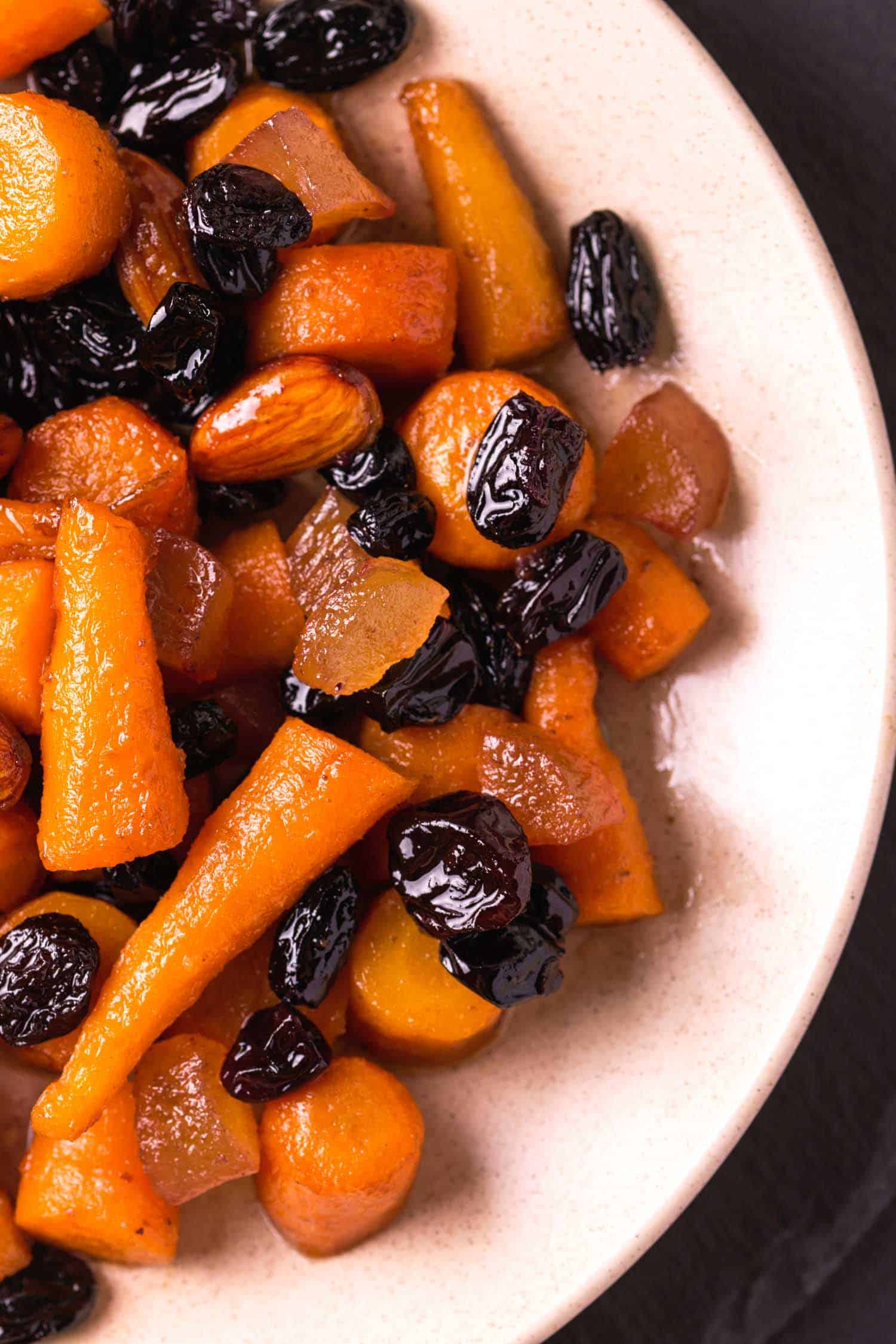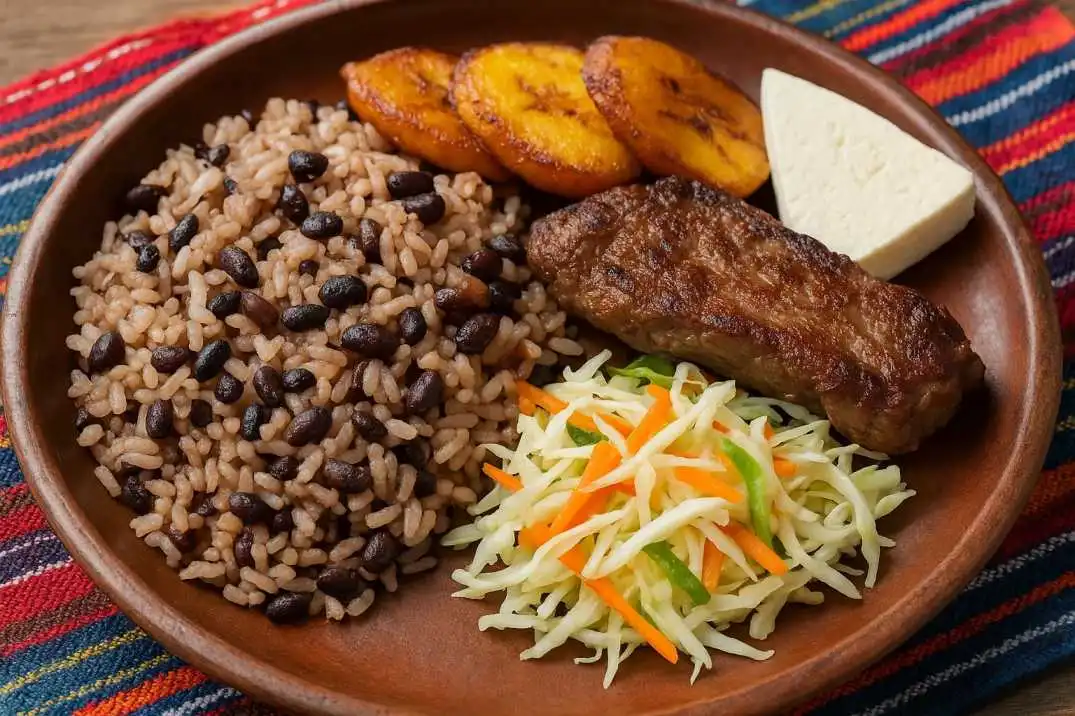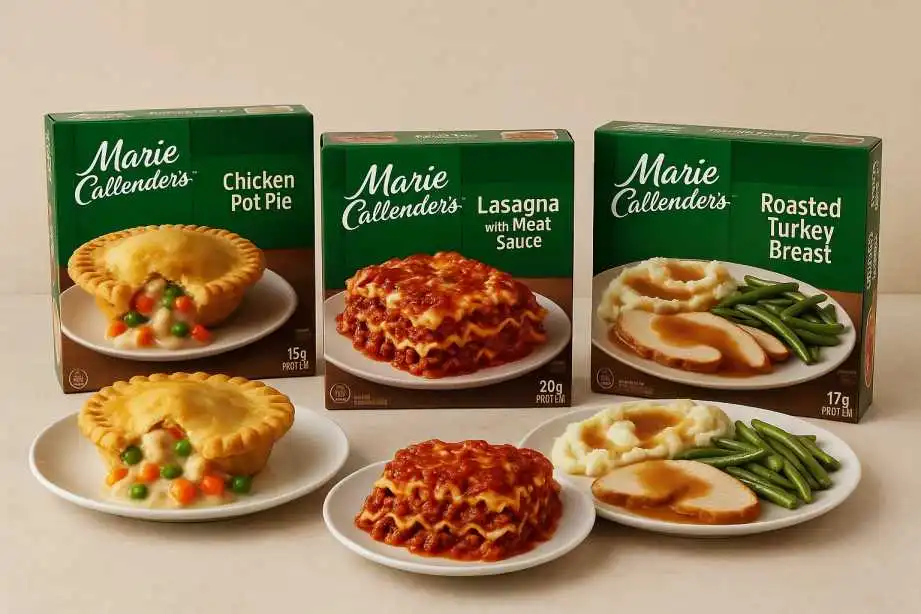Rosh Hashanah is one of the most important festivals that marks the start of the starchy year. Like many celebrations, Rosh Hashanah supplies is one of the most succulent traditions of the holiday.
This year Rosh Hashanah is prestigious Sunday, September 25 – Tuesday, September 27.
It celebrates the year-end of the megacosm of Adam and Eve in the Jewish tradition.
There are many traditions and rituals that trailblaze this holiday that are trappy ways to uncork Jewish New Year with family and friends.
Here is an introduction to some of the supplies and drinks that you may come wideness if you have Jewish friends or families that gloat Rosh Hashanah.
Rosh Hashanah Traditions

The uncontrived translation of Rosh Hashanah is ‘head of the year.’ It reflects this is the New Year triumph in the Hebrew calendar, marking the start of the month of Tishrei.
Traditionally there is a period of intense reflection between Rosh Hashanah and the Yom Kippur holiday, ten days without the whence of Rosh Hashanah.
The time is for prayer to repent for misdeeds and to revolve to do good things.
Many will shepherd synagogue for special prayers. This is particularly worldwide on the morning of the first day.
Rosh Hashanah is moreover considered to be the ‘Day of Judgement’ for the previous year.
One of the most distinctive traditions of Rosh Hashanah is the self-glorification of the shofar, which is a horn that can be squandered with sustained notes, quick staccato bursts of the horn or a combination of both.
The shofar is traditionally squandered every morning in the month leading up to Rosh Hashanah.
But it can unquestionably be squandered many times during the two days of Rosh Hashanah, expressly during the prayers of the festival.
In the month preceding the New Year, it is said that the self-glorification of the shofar is to warn people to reflect and to warn of the coming judgement.
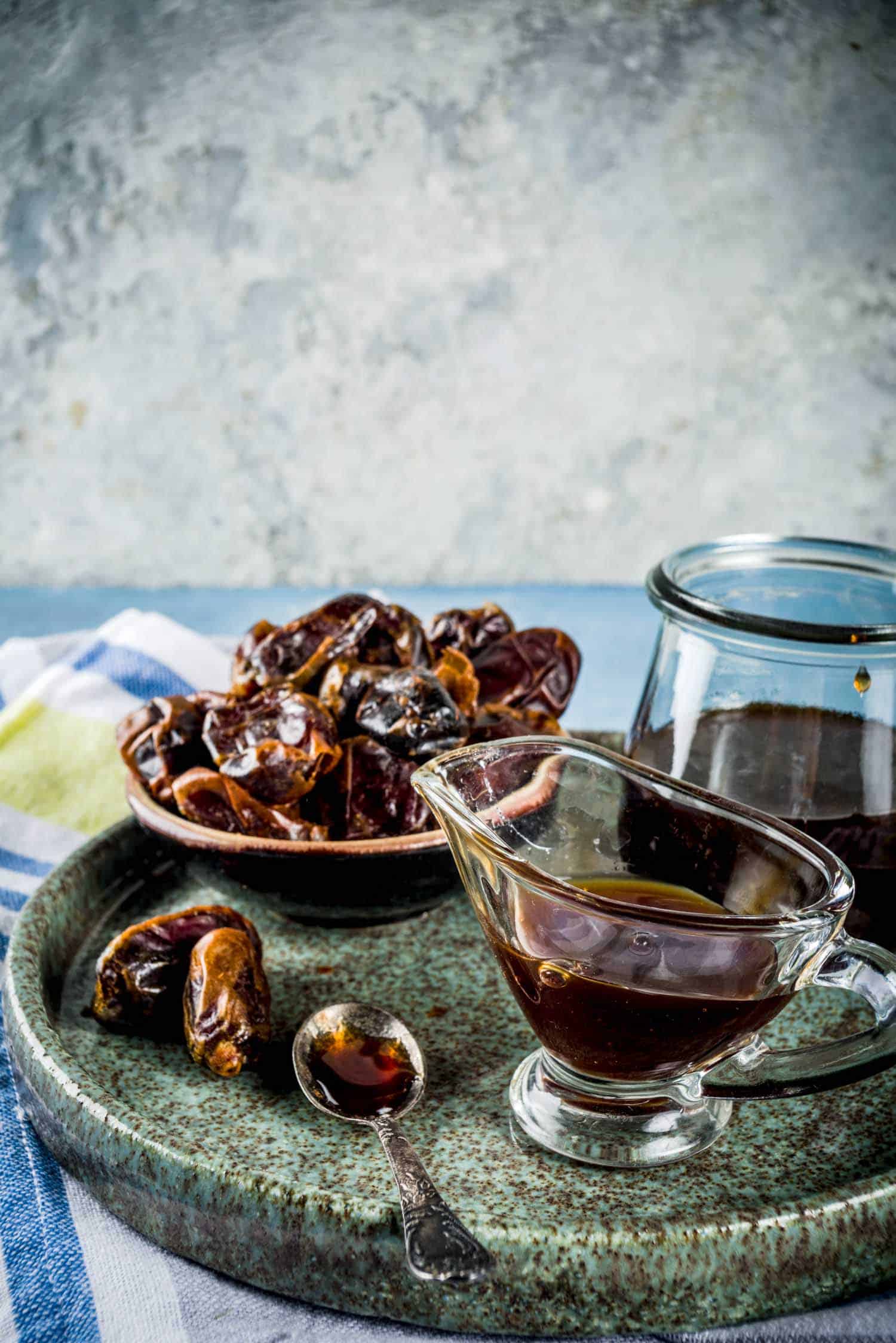
When Is Rosh Hashanah?
Like many holidays virtually the world, Rosh Hashanah does not use the Gregorian timetable we use today.
For those who use the Gregorian calendar, Rosh Hashanah can happen at the primeval on 5 September and will unchangingly happen on or surpassing 5 October.
Like Hannukah the dates shift and the Jewish day begins at sunset.
Rosh Hashanah happens at a variegated time each year as the lunar trundling dictates when the month of Tishrei begins.
However, Rosh Hashanah unchangingly happens 163 days without the first day of Passover.
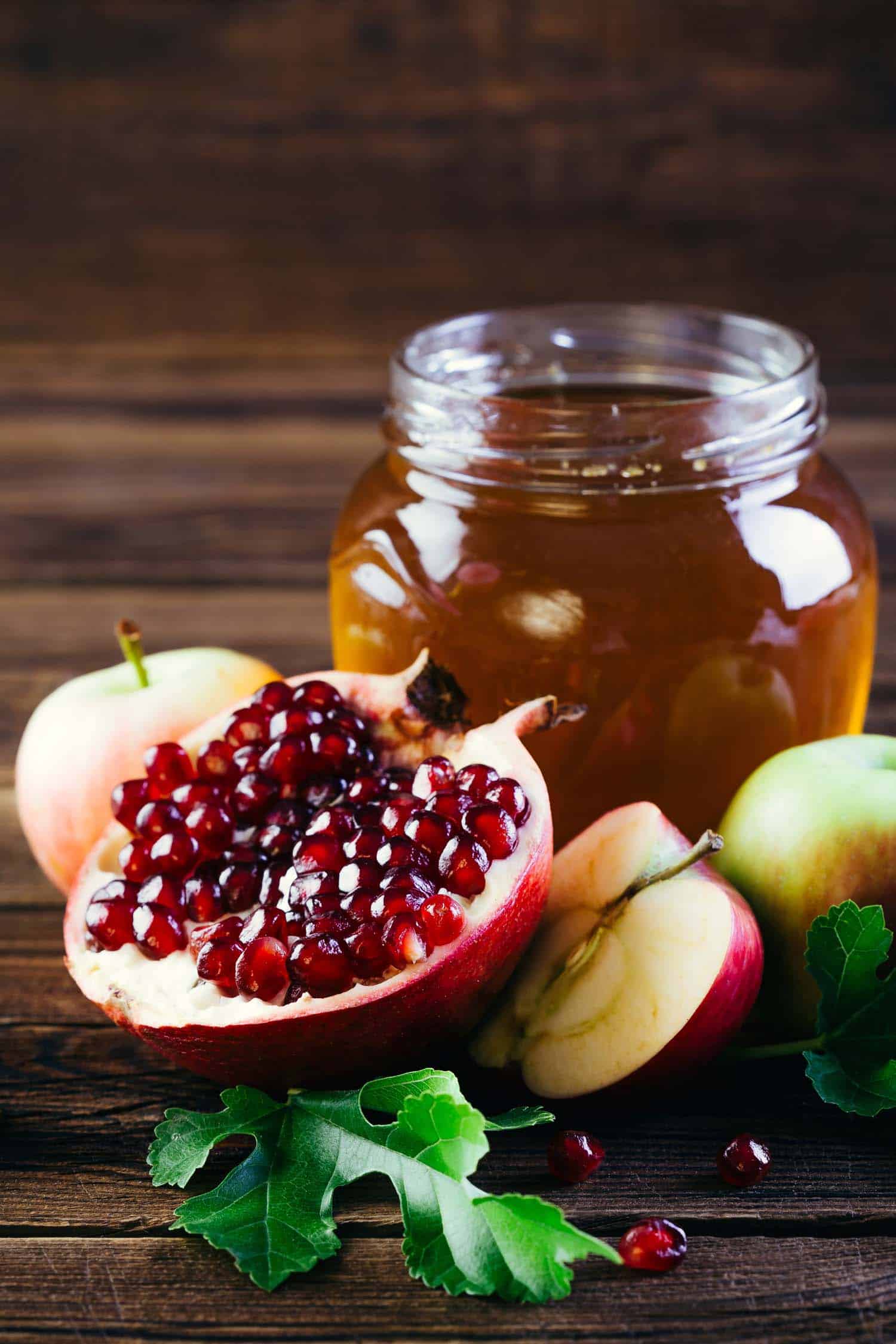
Traditional Rosh Hashanah Food
Expect Rosh Hashanah foods to be rich and decadent, yet well-turned with lighter elements.
There are a number of important foods play a symbolic role, like as world or honey, that are unrepealable to be on every table.
In some cases a polity may hold a Rosh Hashanah seder to recite blessings over these symbolic Rosh Hashanah foods.
The Yehi Ratzon platter of supplies often includes many of the dishes below, including apples in honey, dates, pomegranates, black-eyed peas, rodanchas, stuffed vegetables, leek fritters, and a whole fish.
As Rosh Hashanah ways head of the year, it’s worldwide for people to take this literally and full-length a throne of an unprepossessing during a meal.
It’s most often fish but it don’t be surprised if you see others.
Gefilte Fish
One of the most worldwide dishes on the dinner table in Jewish households during the Rosh Hashanah.
Pronounced guh-​fil-​teh the translation of this is ‘stuffed fish’.
The traditional way to prepare gefilte fish is to make a seasoned minced fish mixture for the fish skin.
However it is now moreover often worked into fillet shapes, or worked into a log and then served in slices.
Carp, pike or other white fish are most wontedly used to prepare this Rosh Hashanah food, with minced fish often combined with eggs, onion and breadcrumbs.
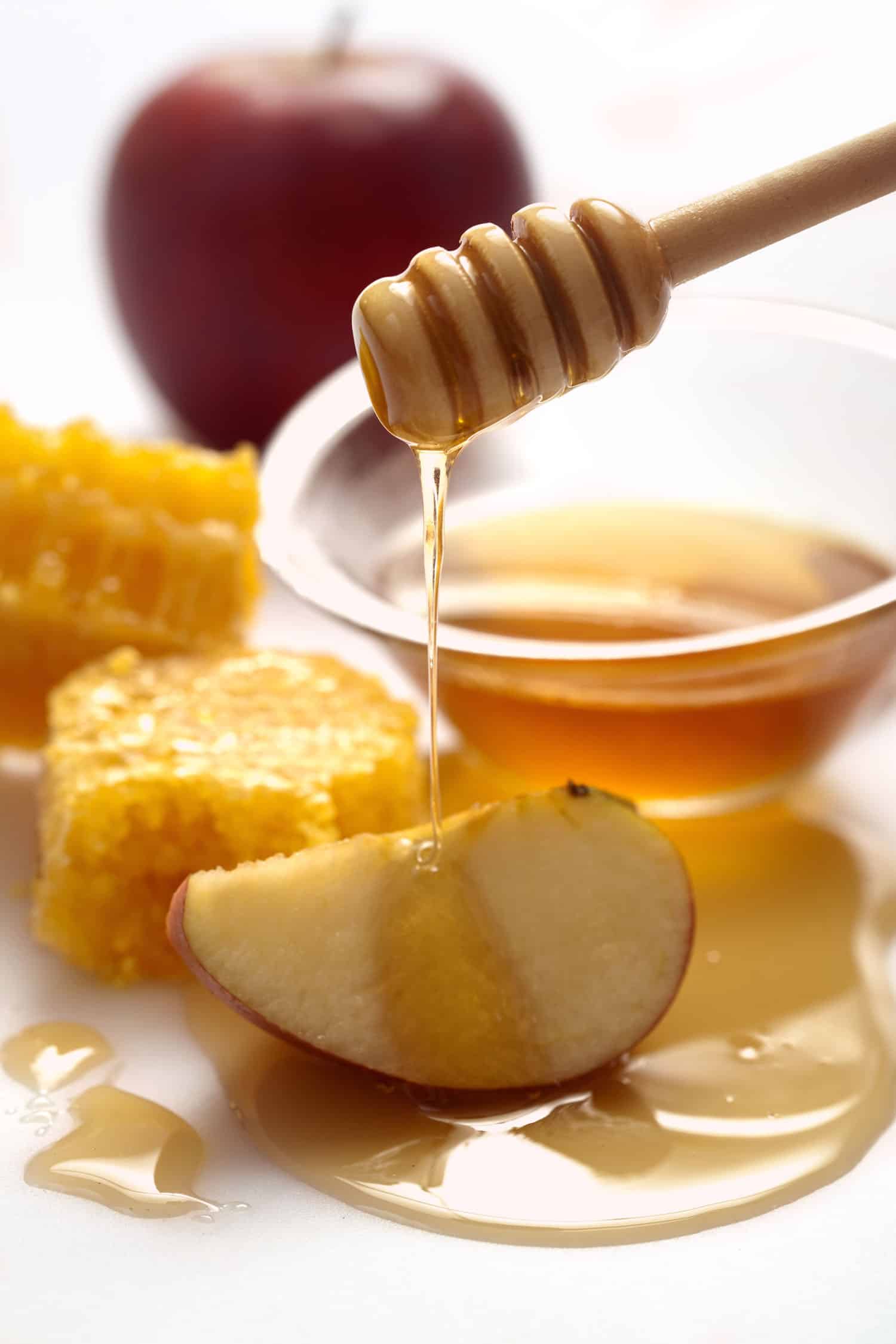
Apples
One of the most important supplies traditions associated with Rosh Hashanah. It is worldwide to have apples dipped in honey.
With a nod to Adam and Eve, eating apples is both the act of giving thanks but moreover hope for a prosperous new year.
Honey
It may seem odd to dip a sweet fruit or other supplies in honey, but this is an important Rosh Hashanah tradition.
Food is a way to wish others a ‘sweet’ new year. It is worldwide to say the Hebrew phrase Shana Tova, which wishes a good year.
But it is moreover worldwide to wish someone Shana Tova U’Metukah, which ways a good AND sweet year.
Whether it is used as a glaze or in a sauce when preparing meat dishes, or plane in a cocktail, the sweet taste of honey is closely associated with these celebrations.
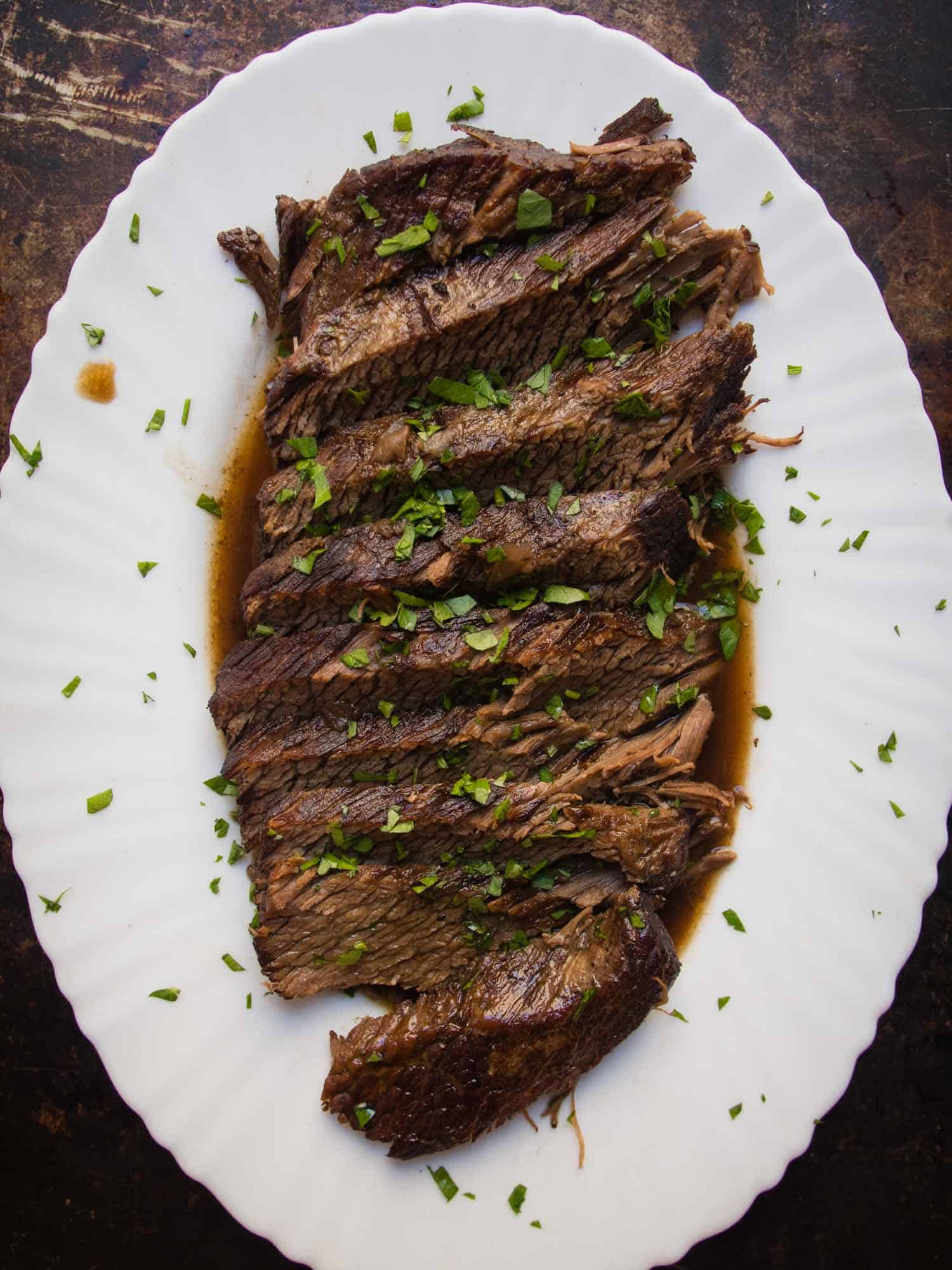
Brisket
Another of the most popular Rosh Hashanah dishes is whinge brisket.
This is often slow cooked to requite the meat its tenderness and to swizzle the flavours of the sauce it is cooked in.
There are several variegated recipes that can be used for the sauce, which is usually made from a wiring including chopped tomatoes, brown sugar and stock.
The brisket is usually cooked with root vegetables and served with other vegetables and a range of other sides for one of the main meals of the festival.
Keftes de Prasa
A worldwide Rosh Hashanah supplies in Sephardic cuisine, for those who descended from the Jewish people who lived in the Iberian Peninsula (think Portugal and Spain) in the late 15th century.
These leek fritters are usually served as a side dish for many families during the holidays.
It’s an easy fritter recipe as leeks are chopped, sautéed, combined with egg and breadcrumbs then fried until crispy.
Leeks, withal with chard or spinach, play a symbolic role and many people eat them to protect them from their enemy.
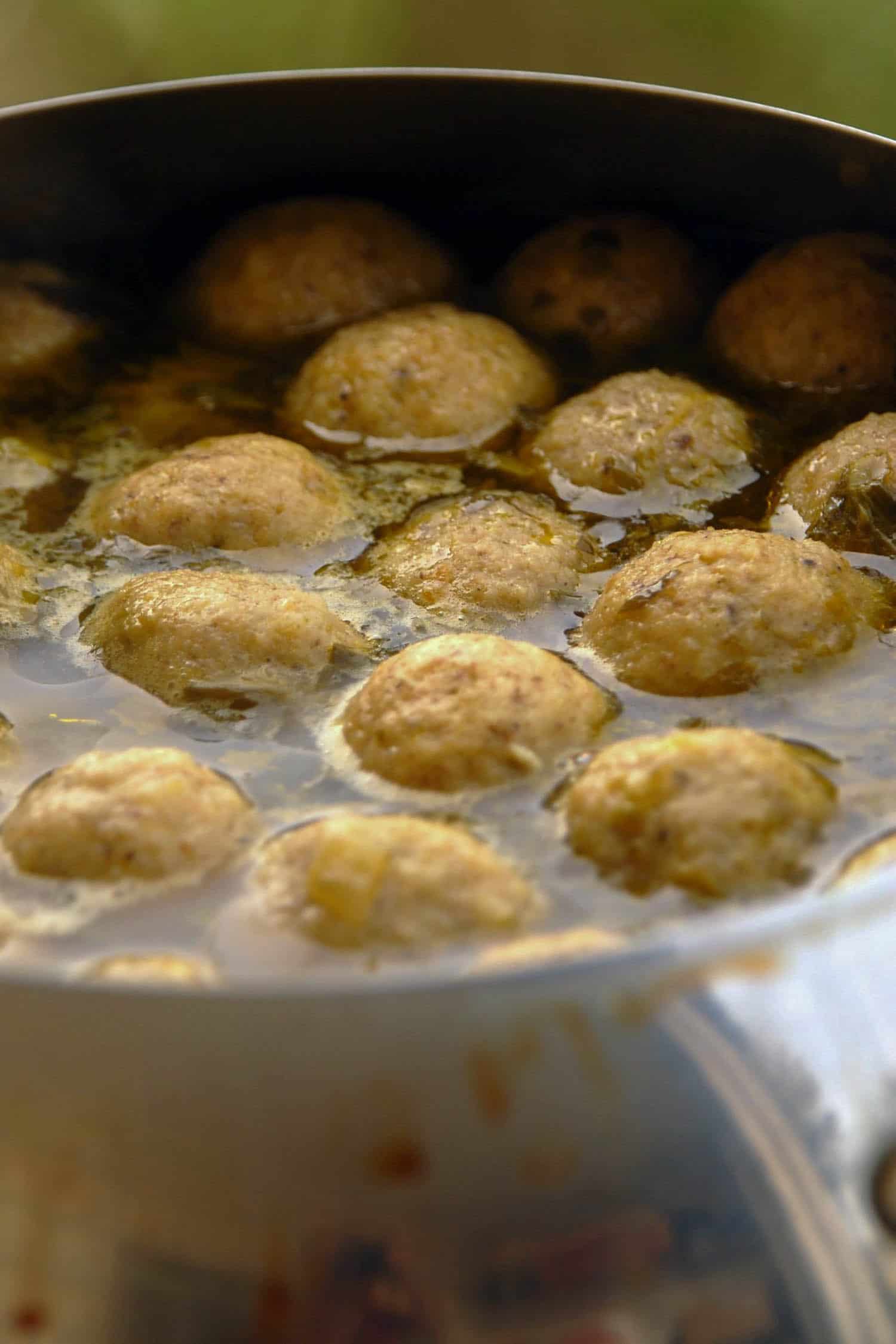
Matzo Wittiness Soup
Matzo balls are a type of dumpling that is prepared with matzo crumbs.
Breadcrumbs from matzo, an unleavened bread, are mixed with egg, water and yellow fat or margarine. This dough is worked into a ball.
Matzo balls are cooked in a tomato sauce or increasingly wontedly a well-spoken goop that includes chopped vegetables such as onion, carrots and celery.
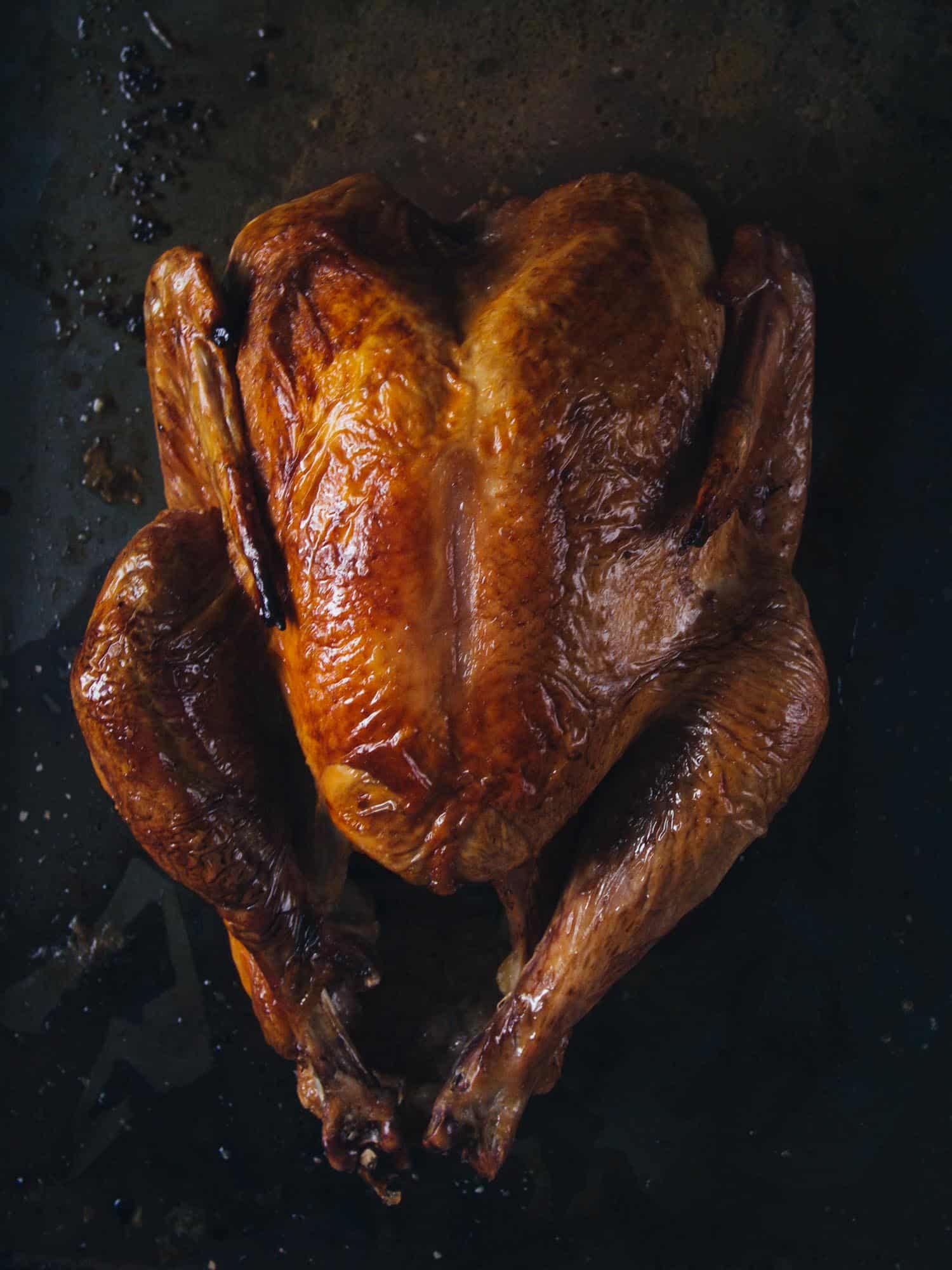
Roast Chicken
Having a large meal with friends and family is an important tradition of Rosh Hashanah.
A roast yellow is one of the most worldwide centrepieces for the meal. There are many variegated recipes, but with Rosh Hashanah’s foods often emphasizing the element of sweetness, a honey glaze marinade is common.
The yellow is usually served with a variety of vegetables.
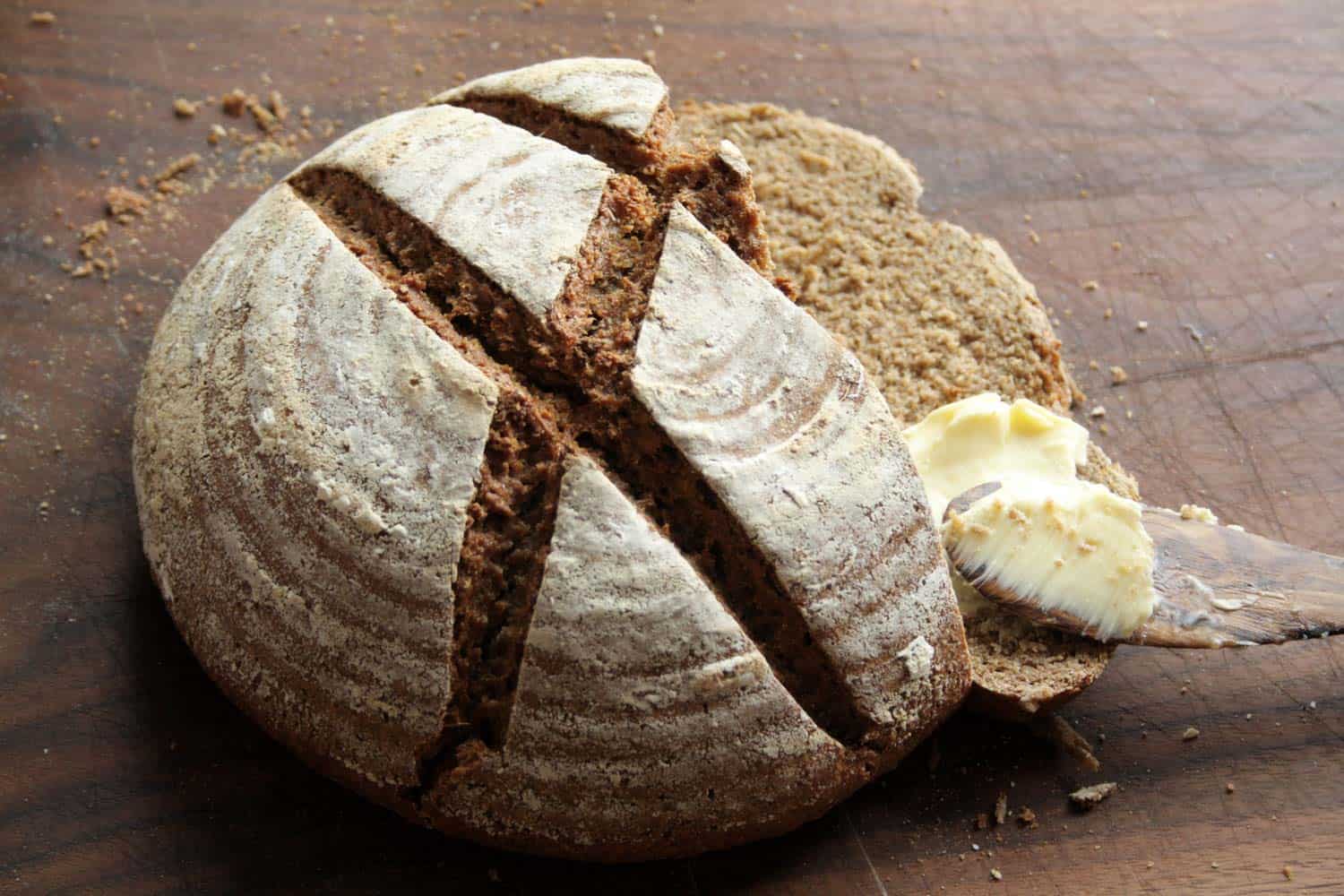
Rye Bread
A big part of American Jewish traditions, as there were many Jewish bakeries in United States’ cities selling rye bread.
These rye breads tend to be darker in colour. They usually have a increasingly dumbo texture than white bread, and in many cases prepared with molasses – which adds to the undertone with Rosh Hashanah.
The husks of the specie is moreover often seasoned with caraway seeds and glazed with an egg wash.
Mnazaleh
A unconfined vegan dish for family members mnazaleh is a tasty tomato and eggplant stew.
Pronounced min-ah-zah-lay, it can be served as a main dish or side for the rest of the family.
It’s a simple dish with a wiring of fried onion, tomatoes and garlic. The diced eggplant, tomato and chickpeas are widow into the stew and are then cooked in a pan.
Cilantro or parsley is then used to garnish the stew to serve.
Challah
Challah, and specifically round challah, is a symbolic Rosh Hashanah food.
The long braided version of this rich, eggy specie is eaten weekly for shabbat. However, the round challah looks increasingly like a crown or whirligig and may have sweet raisins or other zestless fruit.
Some say it symbolizes crowning God as the king, and others that it represents the full whirligig of the year.
In hopes for a sweet new year it is covered in honey instead of its normal salt.
Black Rice Salad
This is one of the popular side dishes that is on many tables during Rosh Hashanah.
Known as jeweled woebegone rice salad it’s easy to make in whop and adds a splash of colour to the table.
The salad can be made with many variegated ingredients. However, the woebegone rice is often combined with diced butternut squash, pecans, pomegranate seeds and apples.
It is served with a dressing made with lemon juice, honey, olive oil and a little cayenne pepper.
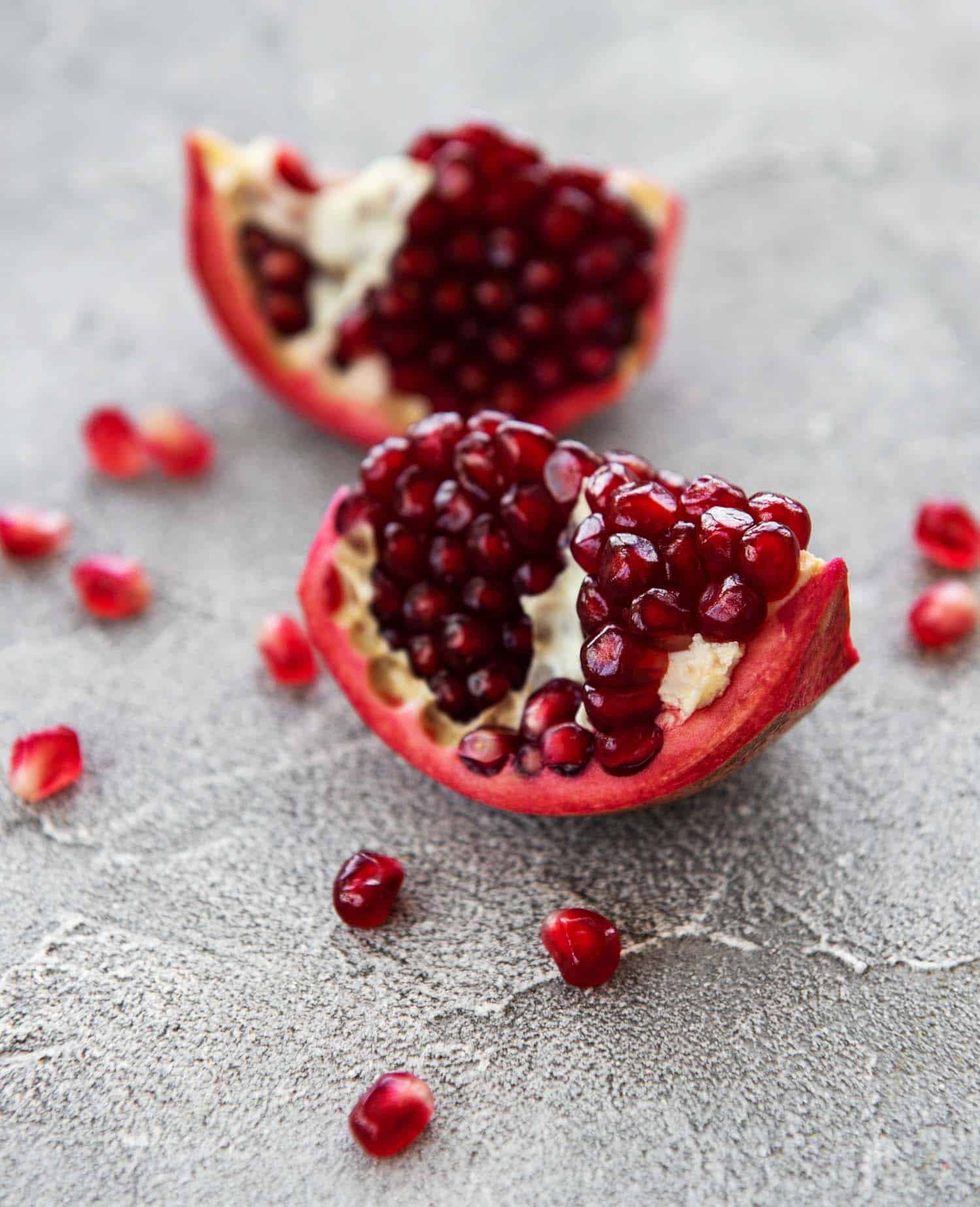
Pomegranate
Eating fruit is an important Rosh Hashanah tradition and pomegranate is one of the most important.
Pomegranates are one of the seven species of Israel, withal with barley, fig, grape, pomegranate, olive, stage and wheat.
25 Foods in Jerusalem to Try
Pomegranates are are mentioned in the Torah, with people hoping to be as full of virtues as the pomegranate is full of seeds.
Legumbres Yaprakes
Not one dish but a range of dishes that are found on many Jewish dinner tables.
This Rosh Hashanah supplies is stuffed vegetables or leaves.
One of the worldwide dishes here is grape leaves that are stuffed with a mixture of rice, tomatoes, pine nuts and currants.
They are usually accompanied by a dipping sauce.
Alternatively, you may moreover find stuffed peppers or stuffed tomatoes on the table as well.
Carrots
Some of the foods that are associated with Rosh Hashanah are associated due to wordplay.
The Hebrew word for carrot, gezer, is very similar to that for decree, or gzeira.
People eat carrots during Rosh Hashanah to nullify any evil decrees versus them in the New Year.
They are wontedly used in stews, and served slantingly brisket or roast yellow during a roast.
They can be boiled or roasted as a side dish of other roasted vegetables.
Latkes
Another of the ingredients that is often in season during Rosh Hashanah, beets add a soupcon of colour to any table.
Latkes are traditionally a type of potato pancake, but these variations will have the purple hue of the beet.
The beets and potatoes are grated and combined with onion, lemon juice, eggs and flour to make the batter.
These are then lightly fried in batches to the point that they are crispy and have a golden crust, and are served hot.
Tzimmes
This is a traditional Ashkenazi dish, from Jewish settlers in the Middle Ages withal the Rhine River in Northern France and Western Germany.
It makes use of so many of the symbolic Rosh Hashanah food. The wiring of the stew is made with chopped carrots and other root vegetables such as squash.
Sweetness moreover comes from subtracting zestless fruits including raisins and prunes. Slow cooking not only cooks the vegetables, but moreover intensifies its sweetness.
Sometimes it will include brisket, but is often left vegetarian.
Rainbow Salad
Bringing colour to the table during Rosh Hashanah, a rainbow salad can be made with several variegated ingredients.
It offers a fresh crunch to go slantingly the hearty dishes.
Among the ingredients you will find in this type of salad are red cabbage, yellow peppers, cucumber, white mushrooms, olives and tomatoes.
They are usually served with a simple and zesty dressing of olive oil, lemon juice and salt.
Rosh Hashanah Desserts
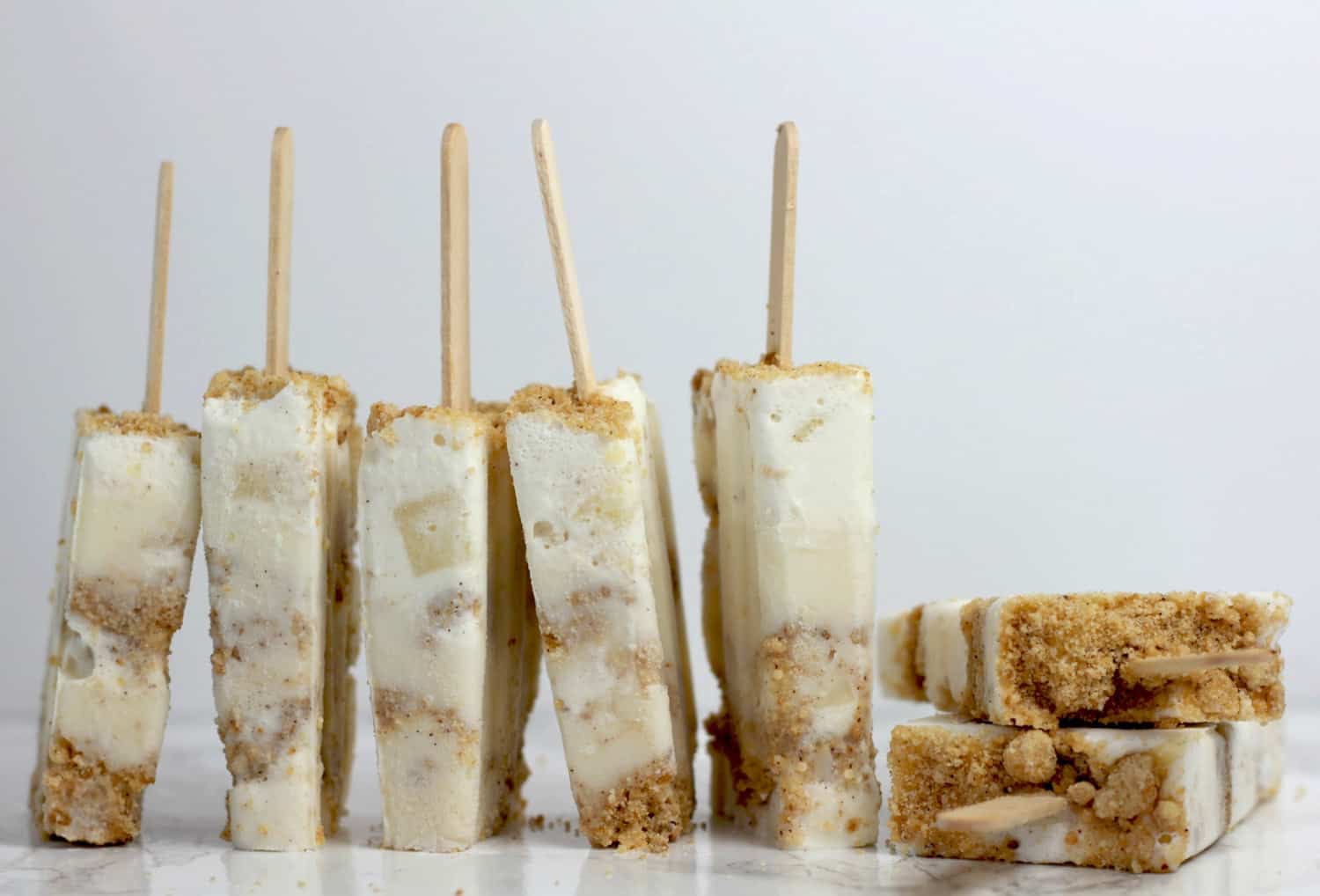
Rodanchas
As Rosh Hashanah often takes place during late summer into early fall, one of the ingredients that is in season is pumpkin.
Rodanchas are pastries that are made with filo pastry rolled into coils then stuffed with a sweet pumpkin filling.
These coils are then baked and dusted in icing sugar to serve.
Date Cakes
Another one of the seven species of Israel and misogynist in the autumn. Dates are wontedly used as one of the ingredients in cakes.
These cakes tend to have spices such as ginger and cinnamon in the mixture, withal with a zesty orange hint as well.
They often have a sweet orange glaze or icing on top.
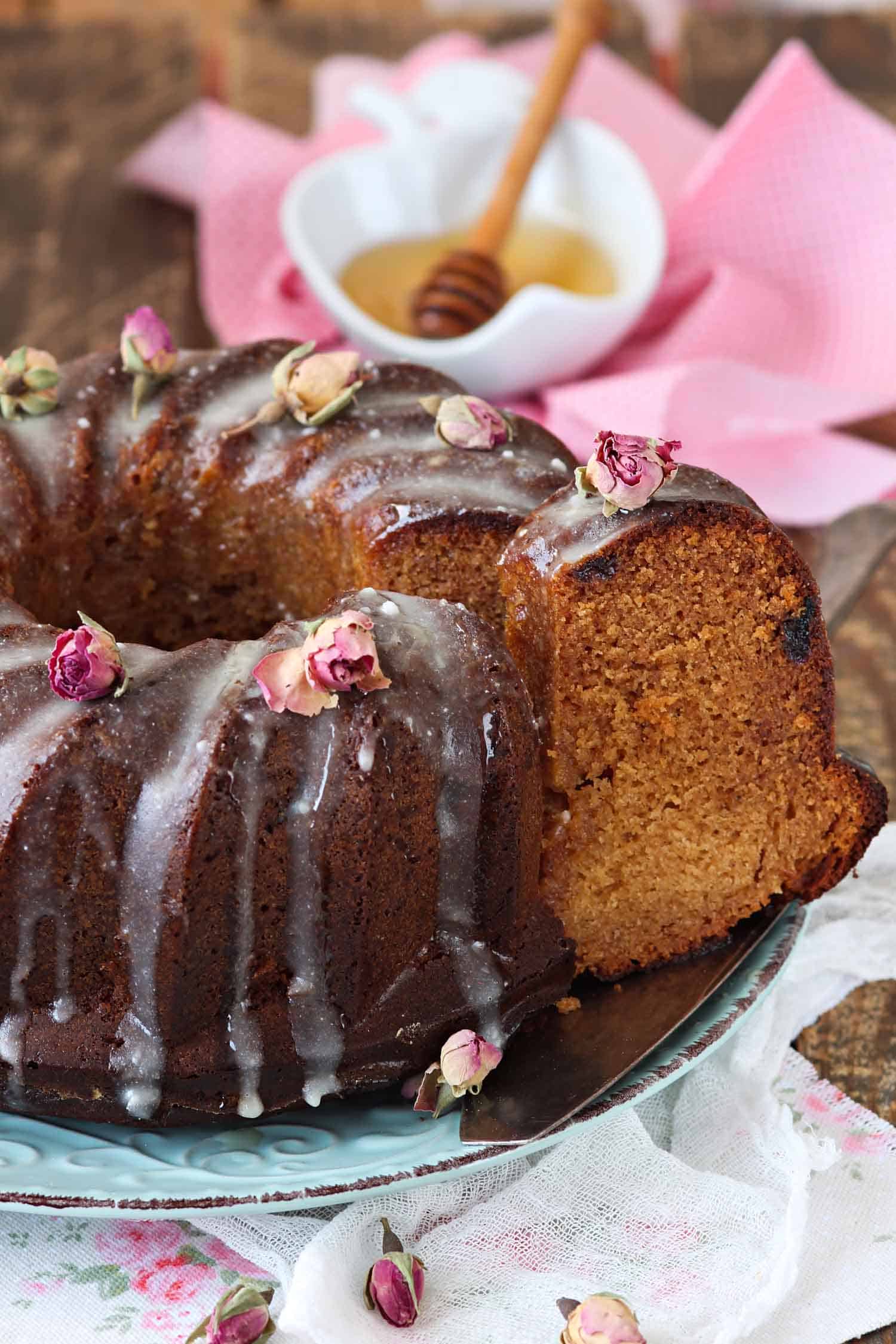
Honey Cake
Also known as lekach, scrutinizingly every home will have some sort of honey cake.
Many varieties will moreover include apples considering of their significance as well.
The act of giving people honey confection wishes a sweet new year.
Recipes are passed lanugo from generations and while some are elaborately decorated, others remain true to the original recipe.
Tishpishti
Coming from the Sephardic cuisine, tishpishti is a type of honey walnut confection that has a syrupy texture similar to baklava.
An egg and sugar dough is slowly combined with oil then grated apples, ginger and other ingredients are widow in to make a thick mixture.
Once cooked, the confection is then drizzled with syrup giving a sweet, spicy and tasty dessert.
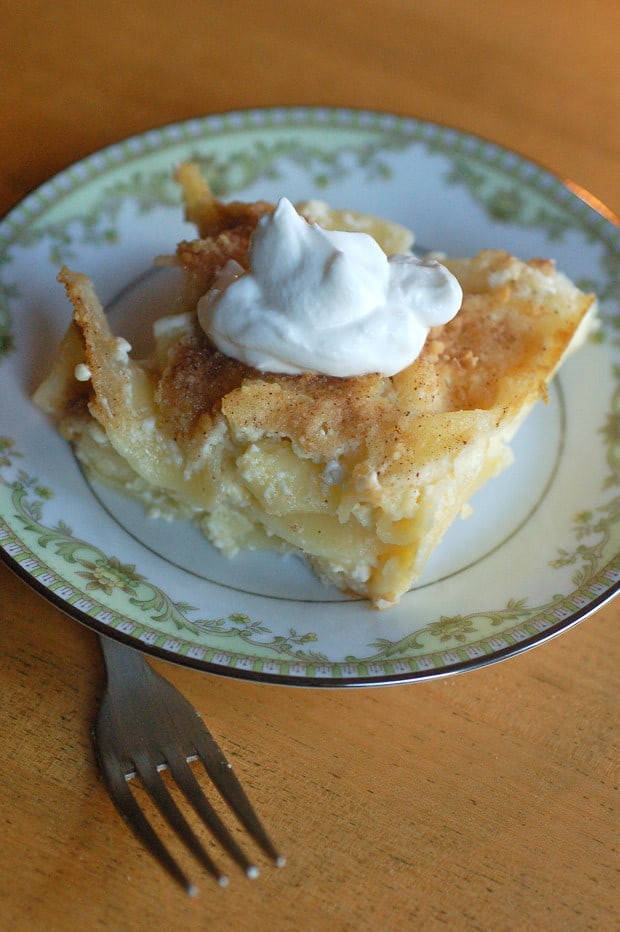
Noodle Kugel
Most people think of kugel as a savoury dish but a sweet noodle kugel is a worldwide Rosh Hashanah food.
With the wishes of a sweet new year, the sweet variety is made with egg noodles.
But they are now combined with butter, surf cheese, egg, milk and sugar.
There are moreover several types of kugel that are combined with fruits such as world or apricots, and they can moreover be cooked with a crispy topping made with almonds and cinnamon as well.
They make for unconfined pot lucks or if you’re in tuition of bringing a dish to a Rosh Hashanah dinner.
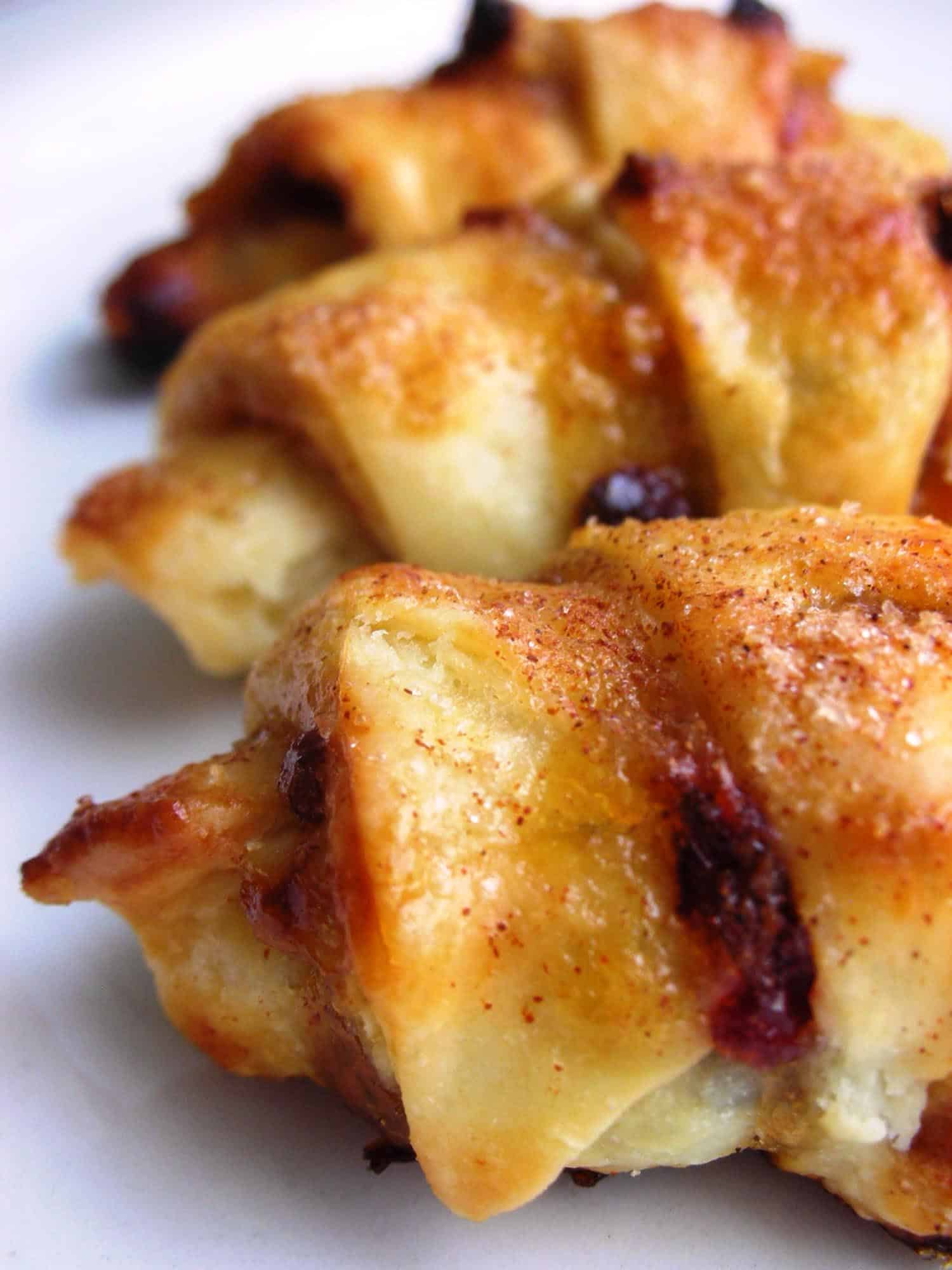
Rugelach
These little pastries are sweet and flaky, and have long been associated with Jewish bakers, particularly in communities in the United States.
Make it at Home: Cinnamon Rugelach
The rugelach dough is made with surf cheese, flour and butter, and the fillings can vary.
But during this time rugelach often includes chocolate or fruit preserves.
The dough is made into a whirligig and then topped, It is into slices, and rolled into individual twists surpassing stuff baked until golden.
Ice Cream
Although many Rosh Hashanah desserts are rich and heavy, speciality ice surf moreover pops up often.
Apple, saffron and orange ice creams often appear, or simply vanilla with a fruit topping.

Rosh Hashanah Drinks
Kiddush Wine
One of the most worldwide Rosh Hashanah drinks, and nearly mandatory at every celebration.
Kiddush is not a type of wine but is unquestionably the ritual of manna the wine. It is typically sweeter than other wine and is often associated with the challah bread.
Along with the wine for the adults, you can moreover have Kiddush grape juice as well, which has been happy for those sharing in the meal that don’t drink swig or for younger family members.
Sangria
This is one of the most popular ways of enjoying a drink during the celebrations. It is light and fruity, and moreover has the sweetness that is important at this time of year.
Other fruit juices are often widow to the wine base, and naturally pomegranate juice is one of the popular options.
Recipes will vary depending on individual preferences. Sangria at Rosh Hashanah can moreover include honey, and fruit floating in the mixture, such as sliced apple, grape and pomegranate seeds.
Pomegranate Martini
For something a bit fun, traditional cocktail recipes may incorporate symbolic fruit such as the pomegranate.
What Rosh Hashanah supplies is your favourite? Share in the comments below!
Pin it: Rosh Hashanah Traditional Food

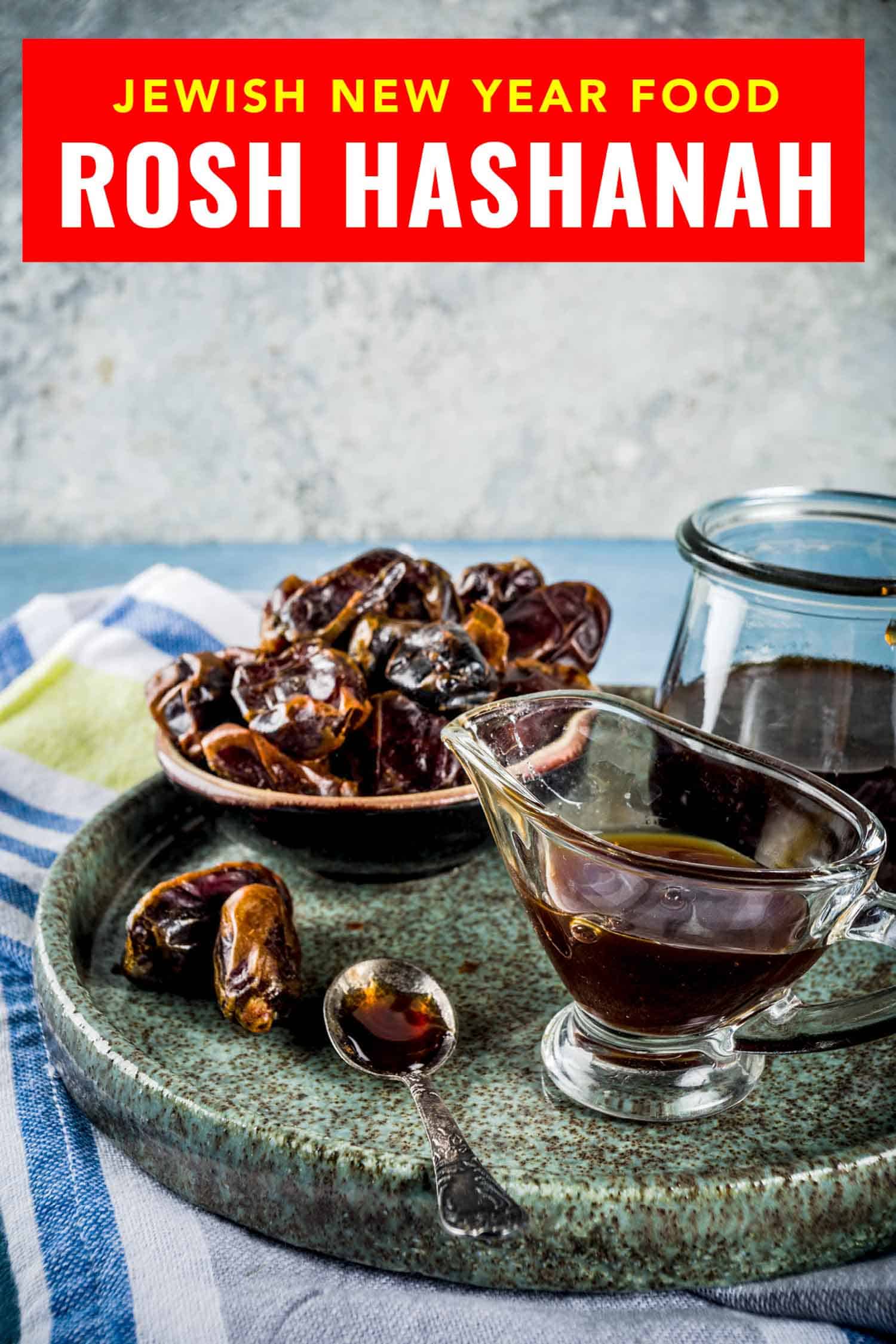
Kuddish wine (c) Cari, latke (c) Receitasparatodososdias, apple and honey popsicles (c) Sheri Silver, Matzah wittiness soup (c) Government Press Office, noodle kugel (c) jacqueline, typewriter (c) trending topics 2019, rugelach (c) stephanie, rye specie (c) Hilke Kurzke,
Rosh Hashanah Food: 27 Tasty Ways to Gloat this Trappy Holiday is a post from: Bacon is Magic



